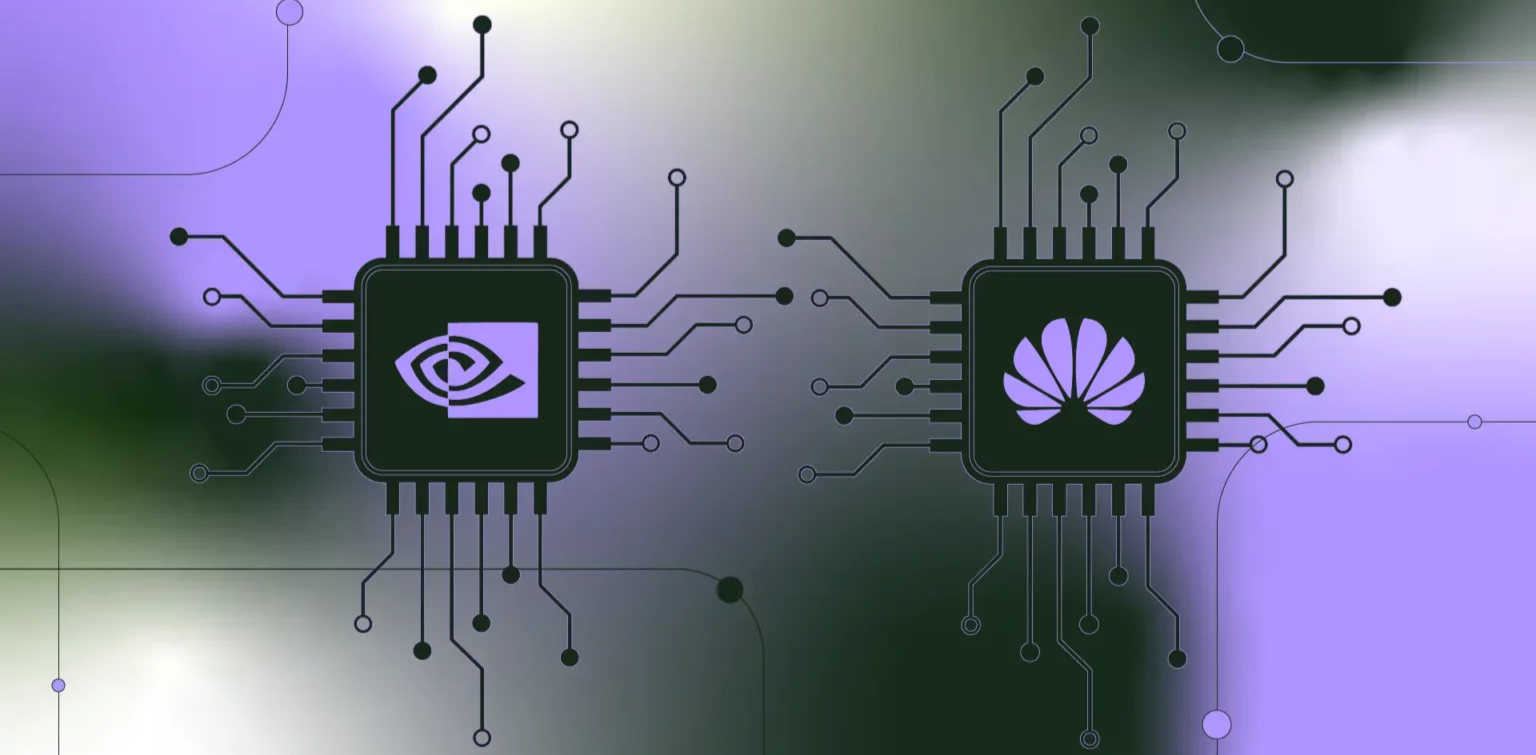Why does NVIDIA consider Huawei as its top competitor?

With the release of NVIDIA’s financial reports for the fourth quarter and full year of 2023, the company’s performance skyrocketed, leading to a surge in market value, surpassing $2 trillion at one point, making Jensen Huang the richest person of Chinese descent worldwide.
Behind this is the rise of large language models in 2023 and this year’s Sora, which help create huge demand for AI chips. Coveting the market and potential profits, new players emerge on the horizon, ready to challenge NVIDIA’s reign.

And the company has identified its main competitor. In NVIDIA’s annual report filed with the U.S. Securities and Exchange Commission (SEC) on February 21st, Huawei was listed for the first time as a major competitor in various fields of AI chips.

Launched last year, Huawei’s Ascend 910B has emerged as a viable alternative to Nvidia’s A100 chip in the Chinese market. The chip boasts comparable single-card computing power to Nvidia’s A100. Fabricated using a cutting-edge 7nm process technology, it integrates an impressive 69,000 AI cores, offering high energy efficiency and low power consumption. Furthermore, Ascend 910 supports a range of data formats and algorithms, making it suitable for diverse application scenarios. Amid concerns of further restrictions on NVIDIA product purchases due to US sanctions, Huawei’s 910B chip has gained popularity. Its exceptional performance and reliable operation have quickly secured 5,000 orders. Additionally, Huawei boasts its own AI ecosystem, comparable to Nvidia’s CUDA framework. The company’s CANN (Compute Architecture for Neural Networks) and AI framework, Mindspore, further complement its AI offering.
 NVIDIA CEO Calls Huawei A ’Really, Really Good Company‘
NVIDIA CEO Calls Huawei A ’Really, Really Good Company‘
As a result, Nvidia stands at a crossroads, facing a vexing dilemma. To retain its foothold in the rarefied realm of high-end computing, the company must scale new heights with its A100 and H100 chipsets. Concurrently, in a bid to conquer the vast and diverse mass market, it charts a course for the launch of the more affordable A800 and H800 offerings. This dual-pronged approach demands an unprecedented level of technological prowess from Nvidia. With limited resources, balancing the trade-off between the two has become a challenging task for Nvidia.
Meanwhile, Huawei charts a more straightforward trajectory, aiming squarely at the pulse of the mainstream market. The Ascend 910B, a chip of remarkable prowess, is well-suited for high-end commercial applications, yet Huawei resists the allure of this path. Instead, they prioritize cost optimization and price reduction, a savvy move that is poised to win over a legion of small and mid-sized enterprises. This pragmatic and results-oriented strategy has propelled Huawei to the forefront of the industry in record time.
The CANN software stack, a testament to Huawei’s innovation prowess, provides a lush software ecosystem that nurtures the Ascend chips, enhancing their accessibility and ensuring seamless operation across a range of applications.
Certainly, Nvidia’s rivals in China transcend beyond the likes of Huawei. Emergent in the autumn of 2020, Moore Threads, the first Chinese AI chip vendor to proclaim its aspiration to become the “Nvidia of China,” stands poised to rewrite the technology landscape. With the call for domestic chip substitution reached its crescendo, this startup company quickly garnered immense financial backing, thanks to the profound technological backgrounds of its founding team.

Moore Threads’ GPU ecosystem and product architecture are now taking shape, revealing a vista of innovation. The company’s MUSA architecture, a pioneering effort analogous to Nvidia’s CUDA, aims to establish a seamless symbiosis between software and hardware. A noteworthy aspect of this architecture is its compatibility with Nvidia’s CUDA, facilitating the effortless transfer of CUDA code onto the MUSA platform, incurring no additional costs.
Moore Threads’ diverse product line-up further demonstrates its commitment to inclusivity, encompassing the “Su Di” and “Chun Xiao” generations of full-fledged GPU chips, the MTT s2000-4000 series tailored for data computation, and the MTT S60-80 series catering to desktop consumers. Additionally, Moore Threads has introduced a cutting-edge simulation training platform, marking a significant milestone in China’s chip industry. This training platform ushers in a new era, officially establishing the first large-scale computing cluster rooted in domestically produced full-function GPUs.
Currently, the MTT S3000 from Moore Threads boasts an impressive FP32 computing power of 15.2 TFLOPS, achieving a commendable 80% of the performance of Nvidia’s A100 (19.5 TFLOPS). Moreover, the desktop-grade MTT S80 graphics card rivals Nvidia’s RTX 3060 in all of the specifications, further underscoring Moore Threads’ prowess in the GPU arena.
With the rise of HUAWEI, Moore Threads et al., more and more Chinese corporate users are turning down NVIDIA’s underperforming yet expensive China-specific offers. The US sanctions have handed NVIDIA’s Chinese rivals a windfall—a vast market and a testing ground for their products to improve and upgrade, closing the gap with their American counterpart, while making a handsome profit along the way.





